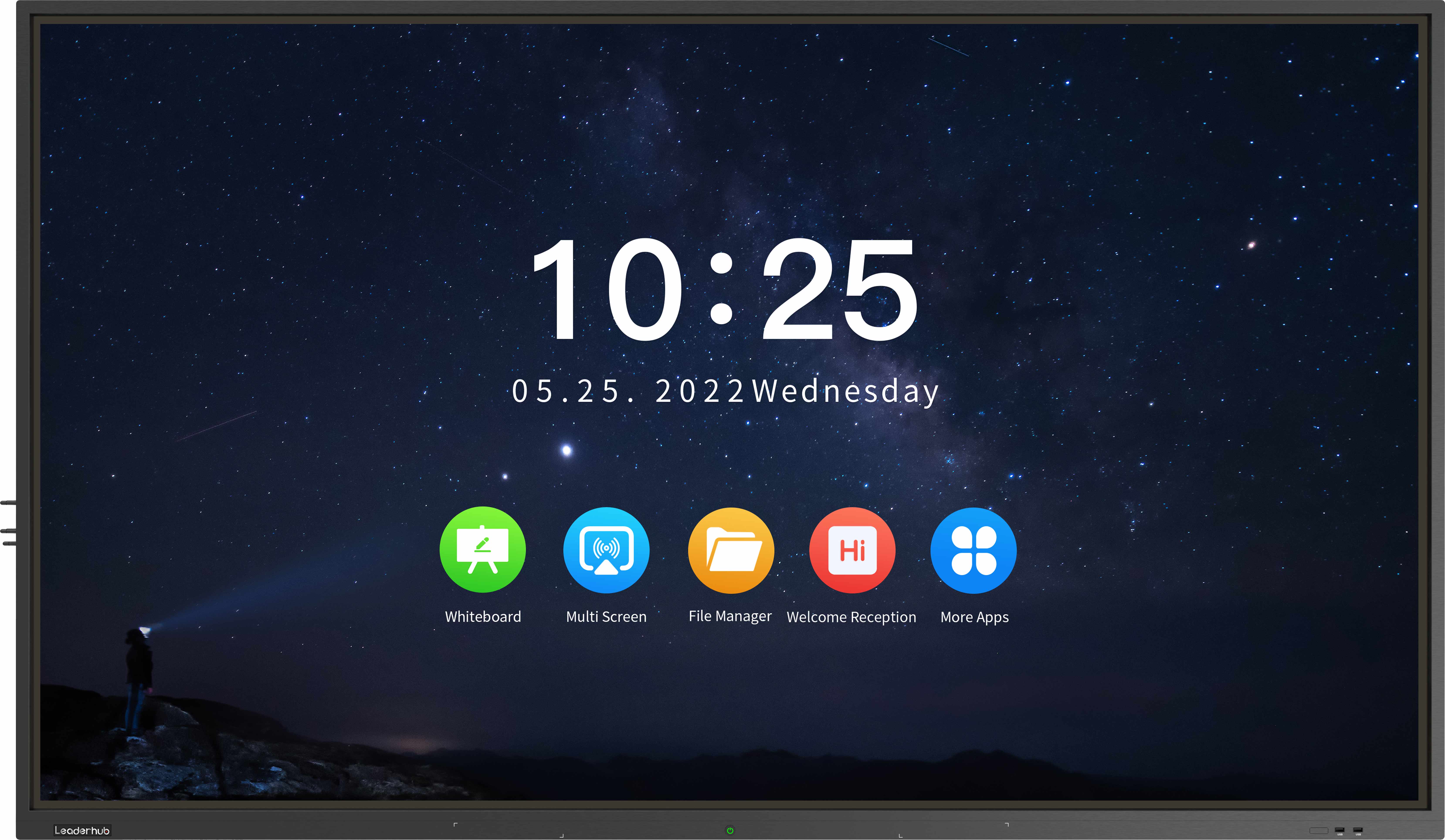The Rise of Multi-screen Interactive Function

The advancement of technology has led to the proliferation of multi-screen interactive function on tablet PCs, revolutionizing the user experience. This feature allows users to seamlessly connect and interact with multiple screens, such as smartphones, televisions, and laptops, enhancing the versatility and convenience of tablet usage.
The integration of multi-screen interactive function in tablet PCs has significantly expanded the capabilities and possibilities of these devices. Users can now effortlessly transfer media files, mirror screens, and control applications across various screens, creating a seamless and synchronized digital ecosystem.
The Influence on Tablet PC Experience
The introduction of multi-screen interactive function has had a profound impact on the overall tablet PC experience. Firstly, it enhances productivity and multitasking capabilities. With the ability to connect and control multiple screens, users can effortlessly switch between different tasks and access relevant information, resulting in increased efficiency and workflow management.
Additionally, multi-screen interaction enhances entertainment and media consumption experiences. Users can stream videos, movies, and music on their tablet, and then seamlessly transfer the content to a larger screen, such as a television, for a more immersive viewing experience. This feature also allows for collaborative entertainment, as multiple users can simultaneously share and interact with content across different screens.
Furthermore, the multi-screen interactive function facilitates seamless communication and connectivity. It enables users to transfer calls, messages, and notifications from their smartphone or other devices to their tablet, ensuring uninterrupted connectivity and accessibility. This integration of devices simplifies communication management and improves the overall user experience.
Evaluation of the Multi-screen Interactive Function
The evaluation of the multi-screen interactive function on tablet PC experience is largely positive. Users appreciate the convenience and versatility it brings to their digital lives. The ability to effortlessly switch between screens and control various devices through a single tablet enhances user satisfaction and promotes device loyalty.
Moreover, the multi-screen interactive function is seen as a significant step towards a more integrated and interconnected digital ecosystem. It showcases the seamless integration of devices and technologies, leading to a more immersive and cohesive user experience.
However, some challenges and limitations exist. Compatibility issues between different devices and platforms can hinder the effective utilization of multi-screen interactive function. Additionally, the complexity of setup and configuration may be a barrier for some users, requiring improved user-friendly interfaces and guidelines.
Conclusion
The introduction and integration of multi-screen interactive function on tablet PCs have transformed the user experience, enhancing productivity, entertainment, and connectivity. Despite some challenges, the potential benefits and convenience offered by this feature make it a significant advancement in the world of technology. As technology continues to advance, we can expect further enhancements and improved user experiences with multi-screen interactive function.

